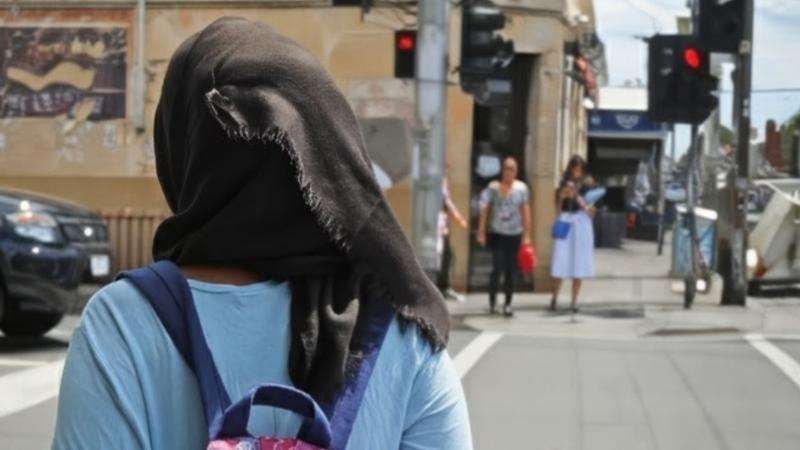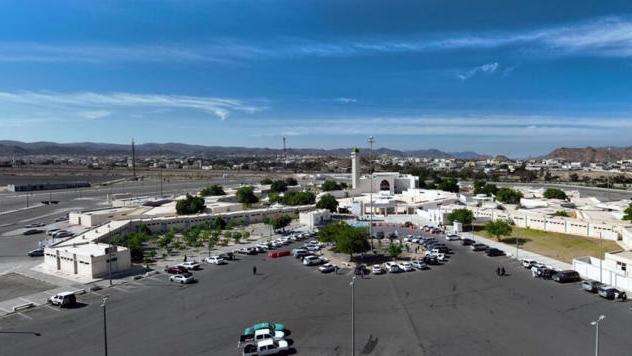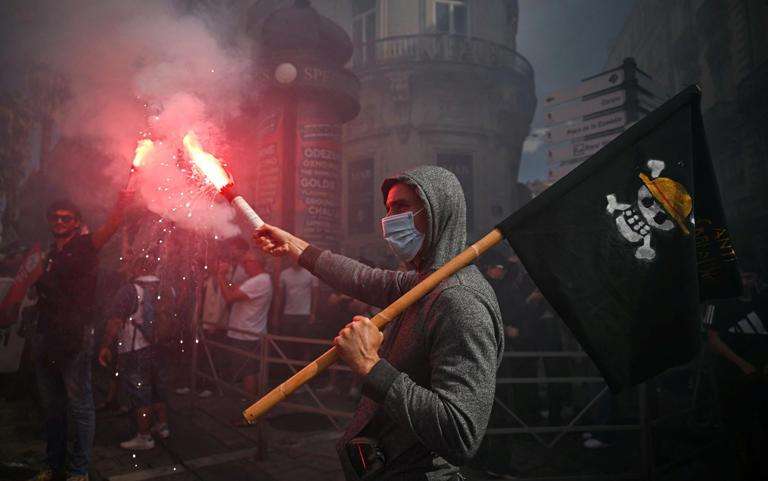Each year, the city of Mobile, Alabama—the birthplace of America’s first Mardi Gras parade in 1703—comes alive with the sights and sounds of one of the nation’s most storied celebrations. Over 850,000 revelers descend on downtown streets for parades, music, and traditions older than the country itself. But behind the glittering beads and joyous crowds lies a massive logistical feat: keeping traffic flowing and ensuring public safety amidst the chaos.
This year’s Mardi Gras marked a milestone—not just for its scale, but for the innovation and leadership shown by the City of Mobile’s Traffic Engineering Division through the Regional Traffic Operations Program (RTOP). Spearheaded by the Alabama Department of Transportation (ALDOT) in partnership with the City of Mobile and engineering firm AECOM, RTOP leverages cutting-edge traffic management tools such as upgraded signal controllers, real-time surveillance, and adaptive timing plans. It represents a new era of event-based traffic control grounded in data and collaboration.
For the first time ever, the City’s Traffic Engineering team led operations on the ground, deploying a seamless system of traffic response in real-time. Central to this success was Dr. Md Moynur Rahman, a Bangladeshi-born traffic operations specialist who now serves as Engineer III with the City of Mobile. A graduate of BUET—Bangladesh University of Engineering and Technology—and holder of a Ph.D. in transportation engineering from the University of South Alabama, Dr. Rahman brings both international perspective and academic rigor to one of the South’s most dynamic urban traffic challenges.
“I still remember arriving in Mobile as a doctoral student, never imagining I would one day help manage one of its most historic public events”, Rahman reflects. “It’s humbling to apply what I learned in research to something so real, so visible, and so essential to the city’s cultural identity”.
Under the guidance of Assistant Director Adam Spence and Engineer I Levi Ta, Dr. Rahman worked closely with AECOM engineers, ALDOT, and public safety officials to coordinate traffic across critical corridors such as U.S. 90, U.S. 98, I-10, and Water Street. New signal controllers were installed at major intersections—including Broad Street, Government Street at Royal, and Beauregard at Water—to handle parade congestion. PTZ (pan-tilt-zoom) cameras provided real-time visuals to engineers stationed at the City’s Emergency Operations Center, allowing for dynamic responses to surging vehicle and pedestrian flows.
Signal timing plans were developed and refined specifically for high-traffic events like Joe Cain Day and the Order of Inca parade. Dr. Rahman and his team performed on-site signal adjustments and monitored live footage to ensure traffic relief immediately following parades. This year’s performance was exceptional—delays at the I-10 exit ramp to Water Street were cut by more than 50%, and overall congestion following peak events was significantly reduced.
But this story isn’t just about traffic lights. It’s about vision, inclusion, and the power of engineering to serve the public good. Dr. Rahman, who once studied urban safety models in academic journals, now finds himself writing the real-world chapters—directly influencing how a historic city moves.
Beyond the tech, Mardi Gras 2025 marked a high point in interagency cooperation. Unified coordination between the City, ALDOT, AECOM, Mobile Police, and Fire-Rescue personnel enabled a rapid, well-informed response to evolving conditions on the ground. The results weren’t just seen—they were felt by paradegoers and residents alike.
RTOP has become a year-round asset, synchronizing more than 682 traffic signals throughout the region and reducing daily commute times. An additional $6 million investment by ALDOT promises to expand this capability with more detection systems, PTZ cameras, and message boards—further cementing Mobile’s status as a leader in responsive urban traffic management.
Dr. Rahman and his colleagues are already looking ahead. Areas identified as bottlenecks during this year’s celebrations are being prioritized for future upgrades. Expanded surveillance coverage and refined signal plans are underway to prepare for a downtown transformed by upcoming projects like the Mobile River Bridge.
As Mardi Gras in Mobile continues to evolve—grounded in tradition but driven by innovation—Dr. Rahman’s journey from the streets of Dhaka to the heart of Alabama’s oldest celebration becomes a symbol of global talent meeting local impact.
Because sometimes, the most inspiring parades are the ones that happen not just in the streets, but behind the scenes—powered by timing, teamwork, and a touch of vision.




_7.jpg)



.svg)

